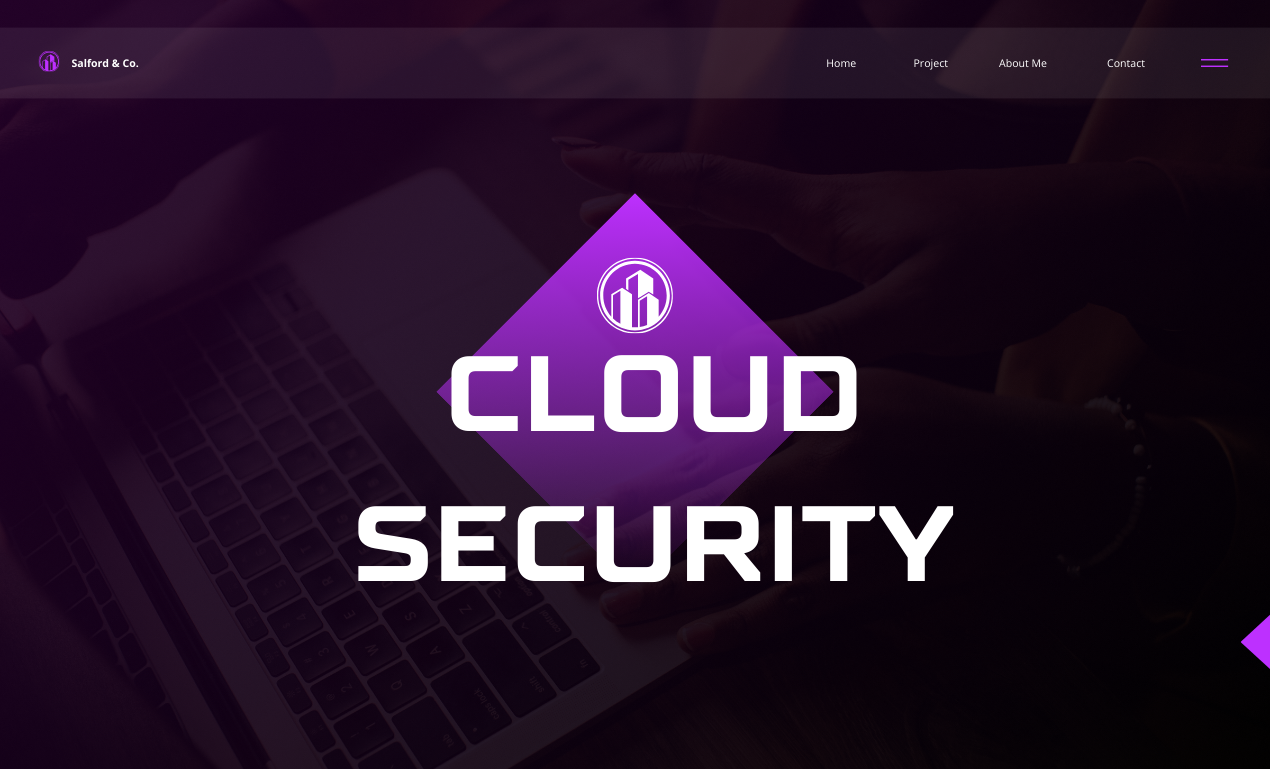The 2024 Cloud Security Report: Handling the Cybersecurity Intersection

As organizations continue to embrace cloud computing to enhance their agility, scalability, and efficiency, the landscape of cybersecurity is evolving rapidly. The 2024 Cloud Security Report sheds light on the current state of cloud security, the intersection of various cybersecurity domains, and strategies to mitigate emerging threats. This blog summarizes the key findings and offers insights into handling the cybersecurity challenges in the cloud.
Overview of the 2024 Cloud Security Report
The 2024 Cloud Security Report, compiled by leading cybersecurity experts, provides a comprehensive analysis of the current trends, challenges, and best practices in cloud security. The report is based on data collected from a diverse range of industries, highlighting both the benefits and risks associated with cloud adoption.
Key Findings:
- Increased Cloud Adoption: Over 85% of organizations have adopted cloud services, with many leveraging multiple cloud providers.
- Rising Cyber Threats: 60% of organizations reported experiencing a cloud-related security incident in the past year.
- Data Breaches: Data breaches remain the most significant concern, with misconfigurations and insecure APIs being the primary causes.
- Compliance Challenges: Organizations are struggling to meet compliance requirements due to the complexity of cloud environments.
- Emerging Technologies: AI, machine learning, and automation are playing a crucial role in enhancing cloud security.
The Intersection of Cybersecurity Domains
Cloud security intersects with various cybersecurity domains, each presenting unique challenges and requiring specific strategies. Understanding these intersections is crucial for developing a holistic cloud security posture.
1. Network Security:
- Challenge: Ensuring secure communication within and between cloud environments.
- Strategy: Implement network segmentation, use virtual private clouds (VPCs), and deploy robust firewalls and intrusion detection systems (IDS).
2. Application Security:
- Challenge: Protecting applications hosted in the cloud from vulnerabilities and attacks.
- Strategy: Perform regular code reviews, implement secure coding practices, and use web application firewalls (WAF).
3. Data Security:
- Challenge: Safeguarding data stored in the cloud from unauthorized access and breaches.
- Strategy: Encrypt data at rest and in transit, use robust access controls, and regularly audit data access logs.
4. Identity and Access Management (IAM):
- Challenge: Managing user identities and ensuring appropriate access controls in cloud environments.
- Strategy: Implement multi-factor authentication (MFA), use role-based access control (RBAC), and regularly review and update access policies.
5. Compliance and Governance:
- Challenge: Meeting regulatory requirements and maintaining governance in the cloud.
- Strategy: Use compliance management tools, conduct regular audits, and stay updated with changing regulations.
Mitigating Emerging Threats
The dynamic nature of the cloud environment introduces new threats that require innovative solutions. Here are some emerging threats highlighted in the 2024 Cloud Security Report and strategies to mitigate them:
1. Misconfigurations:
- Threat: Misconfigured cloud settings can lead to data breaches and unauthorized access.
- Mitigation: Use automated configuration management tools, conduct regular configuration audits, and implement continuous monitoring.
2. Insecure APIs:
- Threat: APIs are a common attack vector for cloud-based applications.
- Mitigation: Secure APIs through proper authentication, authorization, and encryption practices. Regularly test APIs for vulnerabilities.
3. Insider Threats:
- Threat: Insiders with malicious intent or those who are careless can compromise cloud security.
- Mitigation: Implement strict access controls, monitor user activities, and conduct regular security awareness training for employees.
4. Supply Chain Attacks:
- Threat: Attackers may target cloud service providers or third-party vendors to compromise security.
- Mitigation: Perform thorough due diligence on third-party vendors, use supply chain risk management tools, and regularly review vendor security practices.
5. Advanced Persistent Threats (APTs):
- Threat: APTs are sophisticated, long-term attacks that target specific organizations.
- Mitigation: Use advanced threat detection tools, implement zero-trust architecture, and regularly update and patch systems.
Best Practices for Cloud Security
The 2024 Cloud Security Report emphasizes several best practices that organizations should adopt to enhance their cloud security posture:
1. Adopt a Shared Responsibility Model:
- Understand the shared responsibility model of your cloud service provider and clearly define the security responsibilities of both parties.
2. Implement Zero Trust Architecture:
- Adopt a zero trust approach, where no entity is trusted by default, and continuous verification of user and device identities is required.
3. Leverage Automation and AI:
- Use automation and AI-driven tools for threat detection, incident response, and compliance management to improve efficiency and accuracy.
4. Conduct Regular Security Training:
- Provide ongoing security training for employees to ensure they are aware of the latest threats and best practices.
5. Develop a Robust Incident Response Plan:
- Have a well-defined incident response plan in place to quickly and effectively respond to security incidents.
6. Use Multi-Cloud and Hybrid Cloud Strategies:
- Consider using multi-cloud and hybrid cloud strategies to enhance resilience and avoid vendor lock-in.
Conclusion
The 2024 Cloud Security Report highlights the critical importance of robust cloud security measures in today’s digital landscape. By understanding the intersection of various cybersecurity domains and implementing best practices, organizations can significantly reduce their risk of cloud-related security incidents. As cloud technology continues to evolve, staying informed and proactive in addressing emerging threats will be key to maintaining a secure and resilient cloud environment.